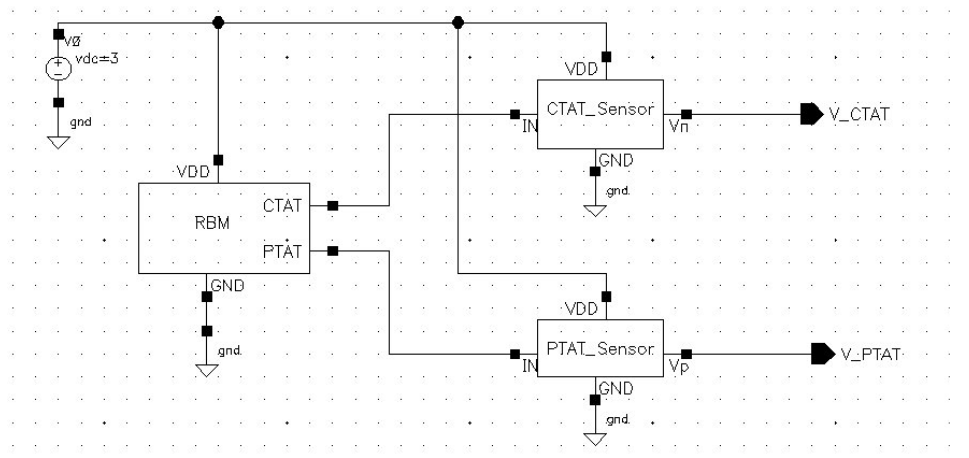Smart Food Monitoring System on Biodegradable Packaging
Design and investigation of a simple sensor circuit intended for smart food monitoring system on biodegradable packaging using Sonali Bag® technology.

Project Overview
The EEE 4861 assignment investigates how smart sensing can be embedded within biodegradable packaging to improve food safety in Bangladesh. Our team designed and analyzed a MOSFET-based temperature monitoring circuit that can be fabricated through a VLSI workflow and embedded into Sonali Bag® packaging to detect unsafe temperature excursions for perishable goods.
Motivation
- Widespread reliance on conventional plastic packaging continues despite Bangladesh’s 2002 polythene ban
- Retailers cite low cost, convenience, and limited biodegradable alternatives as barriers
- Smart packaging can curb post-harvest losses, improve food safety, enhance traceability, and reduce waste through proactive alerts
Critical Challenges
- Conventional barcodes offer billing convenience but no quality assurance
- Biodegradable substrates are costlier and harder to integrate with electronics in low-income contexts
- Limited public awareness of food safety practices complicates adoption
Literature Review Highlights
- Bangladesh Context: Enforcement gaps, lack of affordable alternatives, and low consumer awareness hinder the 2002 polythene ban
- Biodegradable Options: Surveyed mushroom, bamboo, algae-based, sugarcane fiber, coconut husk, wheat straw, PLA, starch, chitosan, and cellulose materials
- Key Trade-offs: Cost, mechanical strength, biodegradation timeframe, scalability, and moisture resistance
Selecting Sonali Bag®
- Indigenous jute-based biopolymer pioneered by Bangladeshi scientists; production cost around Tk. 1200/kg
- Demonstrated biodegradation within 100 days without toxic residue
- Thermal stability up to 250 °C and controlled degradation characteristics
- Aligns with local supply chains, policy goals, and consumer familiarity better than alternatives (e.g., Polka Bags, corn starch)
Sensor Circuit Design
- Electronic temperature monitoring chosen for precision, low power, and digital compatibility
- All-MOSFET architecture minimizes area (≈0.013 mm² in 180nm CMOS including reference) and power (≈40 nW @ 1.2 V)
- Achieves ±0.6 °C inaccuracy without calibration; suitable for smart packaging, room monitoring, refrigeration, and automotive use cases
Complementary Temperature Sensor Workflow
- Reference Current Generator: Resistor-less beta multiplier provides PTAT current to both sensing cores
- CTAT Core: NMOS transistors in subthreshold produce voltage decreasing with temperature (≈−2.1 mV/°C)
- PTAT Core: PMOS configuration generates proportional output increasing with temperature
- Differential Readout: Temperature calculated from VPTAT − VCTAT, cancelling process variations and enabling calibration-free operation
- Signal Processing: External ADC digitizes readings; microcontroller maps voltage difference to temperature thresholds
Integration with Biodegradable Packaging
- Embed the temperature sensor within Sonali Bag® layers for direct exposure to food environment
- Use MOSFET-based threshold detection to drive LED or buzzer alerts when temperatures exceed safe ranges
- Multi-level cues: normal (no alert), warning (blinking LED), alert (solid LED), critical (buzzer)
- Maintain moisture protection for electronics while keeping indicators accessible
Decision-Making Framework
- Step 1 – Monitoring: Continuous temperature sampling tailored to food type
- Step 2 – Alerting: Trigger visual/audible cues when thresholds are crossed
- Step 3 – Action Guide:
- <2 h exposure: consume immediately or refrigerate
-
2 h exposure: dispose responsibly
- Disposal: Compost both food waste and Sonali Bag® when feasible
- Priorities: Human health → Environmental stewardship → Cost feasibility
- Regulatory Alignment: Supports Bangladesh Environmental Conservation Rules 2023 via better waste management, reduced pollution, and consumer education